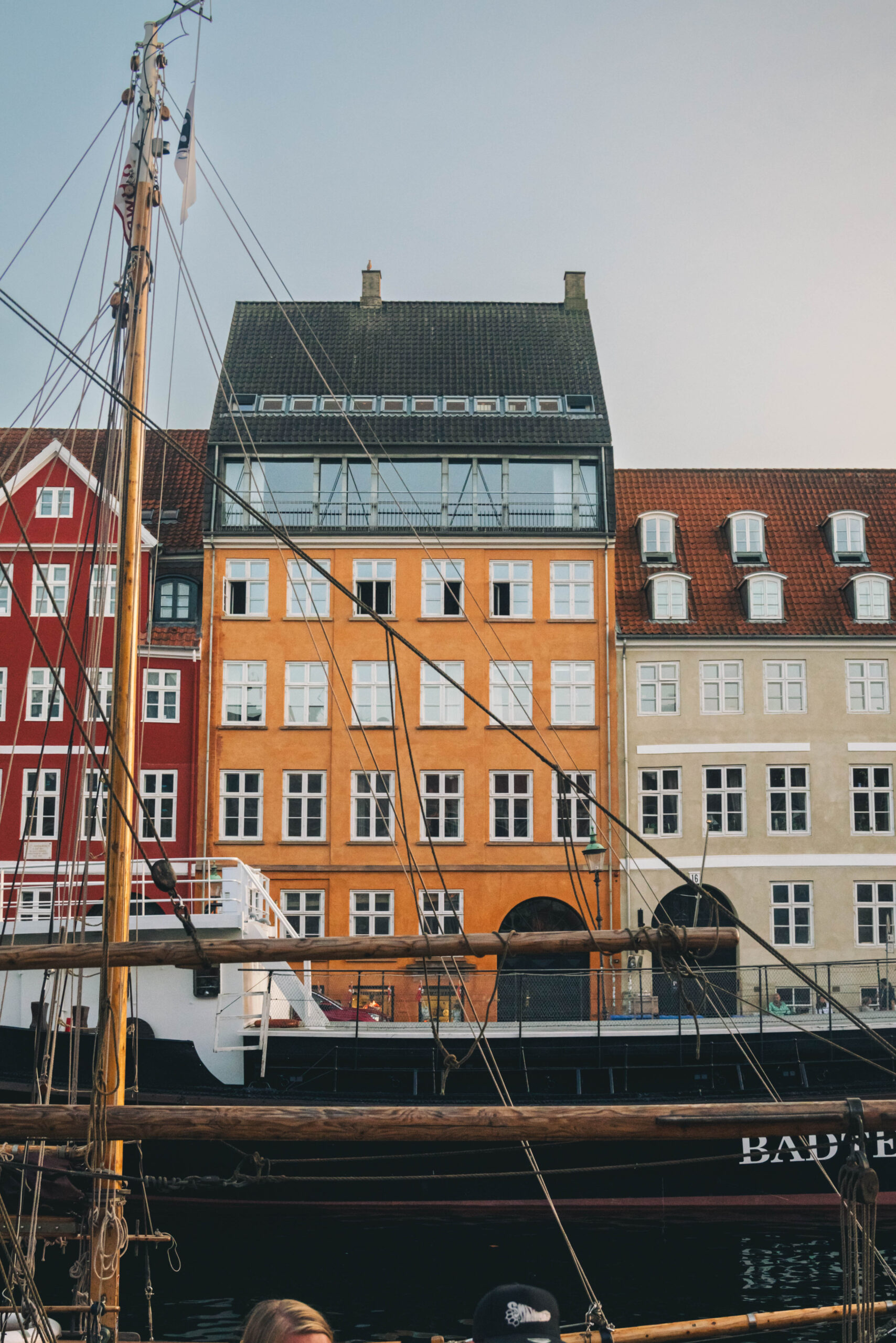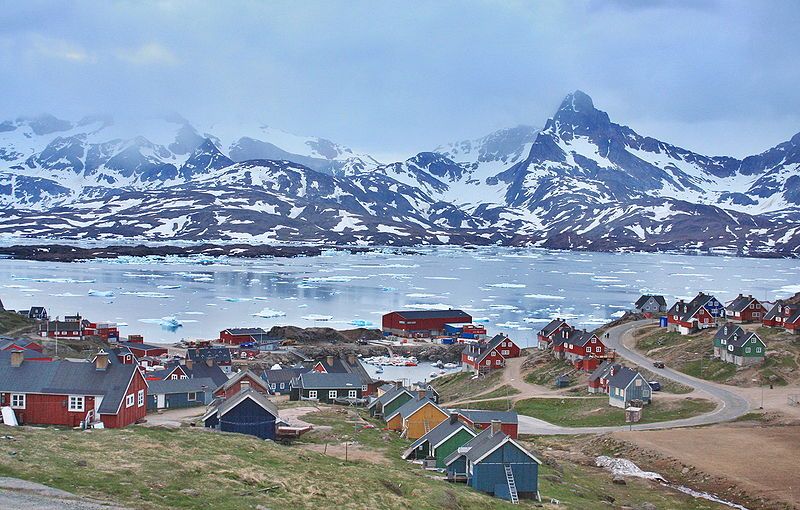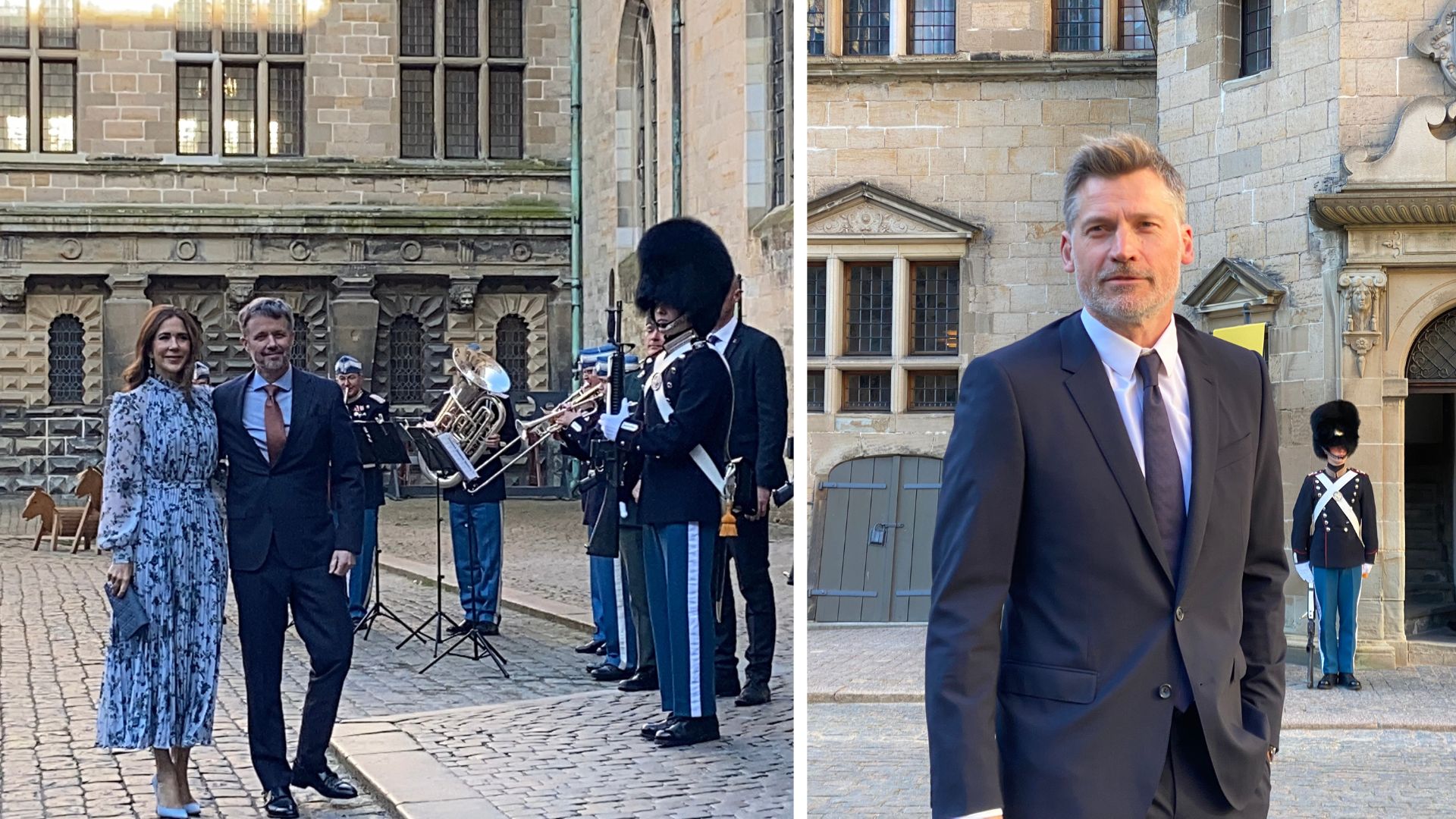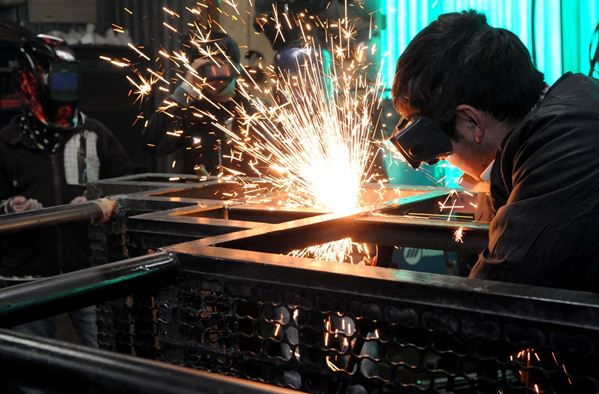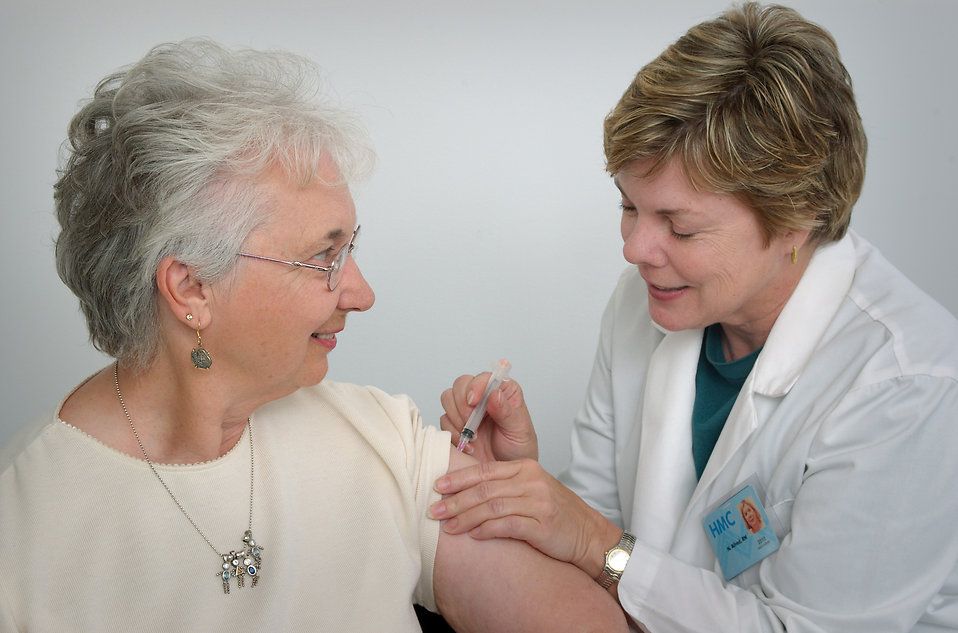A new report from the parliamentary ombudsman to the national social appeals board, Ankestyrelsen, about adoption rules means that biological parents could gain the right to have contact with the children they’ve given up.
The report maintains that “the right for an adopted child and his/her biological family to maintain a family life established before the adoption by way of contact is protected” by the European human rights convention.
The report's recommendations represent a massive change to how adoption terms are interpreted today.
“The statement is a breach of how the adoption process has been regarded until now, where parental rights over the adopted child have unequivocally belonged to the adoptive parents,” Lene Myong, an associate professor at Aarhus University who has researched cross-cultural adoptions, told Politiken newspaper.
A decision to implement legislation that would recognise biological parents would drastically alter the concept of adoption.
“People think that an adopted child has received new legal parents, case closed. But in reality, the biological parents still exist and it is a sort of judicial fiction to construct new legal family relationships,” Stine Jørgensen, a lecturer of social rights at the University of Copenhagen, told Politiken.
The parliamentary ombudsman has initiated the adoption changes in the wake of media coverage of a child adopted from Ethiopia, Amy, who was taken from her adoptive family by Næstved Council by force.
The move could have particularly significant consequences for the around 1,500 children who have been adopted after 2009, when a new Danish adoption law was ratified.
Arun Dohle from Against Child Trafficking, a European NGO, said that the move could have positive as well as negative connotations.
“If I’ve understood this report correctly, then it is a huge step forward, but it also conveys how bizarre the system is,” Dohle told Politiken. “Not only could it generate gaping cracks in the system, but it could also completely jam it up.”
Dohle contended that one consequence would be opening the doors to a steady stream of older children from poorer countries to Denmark on temporary residence permits.
”if Amy’s case will set a precedent for future adoptions of older children, then in the future you can tell vulnerable families to send their children to Denmark because then the country will ensure that the child visits them every year and that the child can return home when he/she has received an education,” Dohle said.
In related news, Denmark has never seen as few applications for adoption as it has in the past two years. In 2012, there were 438 applications, while 2013 projections indicate there will be just 352 applications, the lowest amount in over 12 years. In contrast, there were 1,071 adoption applications in 2004 and in 2005 there were 1,183.
According to the adoption advocacy Adoption & Samfund (A&S), the recent revelations about 'child harvesters' in Ethiopia have had an effect.
“It used to be positive to be an adoption family, but now we have heard from some of our members that they feel like they’re being viewed negatively in the public space,” Marianne Østergaard, a board member from A&S, told Politiken.
And while the number of adoptions continues to dwindle, the prices increase. As of February 22, people looking to adopt through the DanAdopt adoption agency could pay anywhere between 132,500 and 224,400 kroner per adoption, depending on the location of the child.



